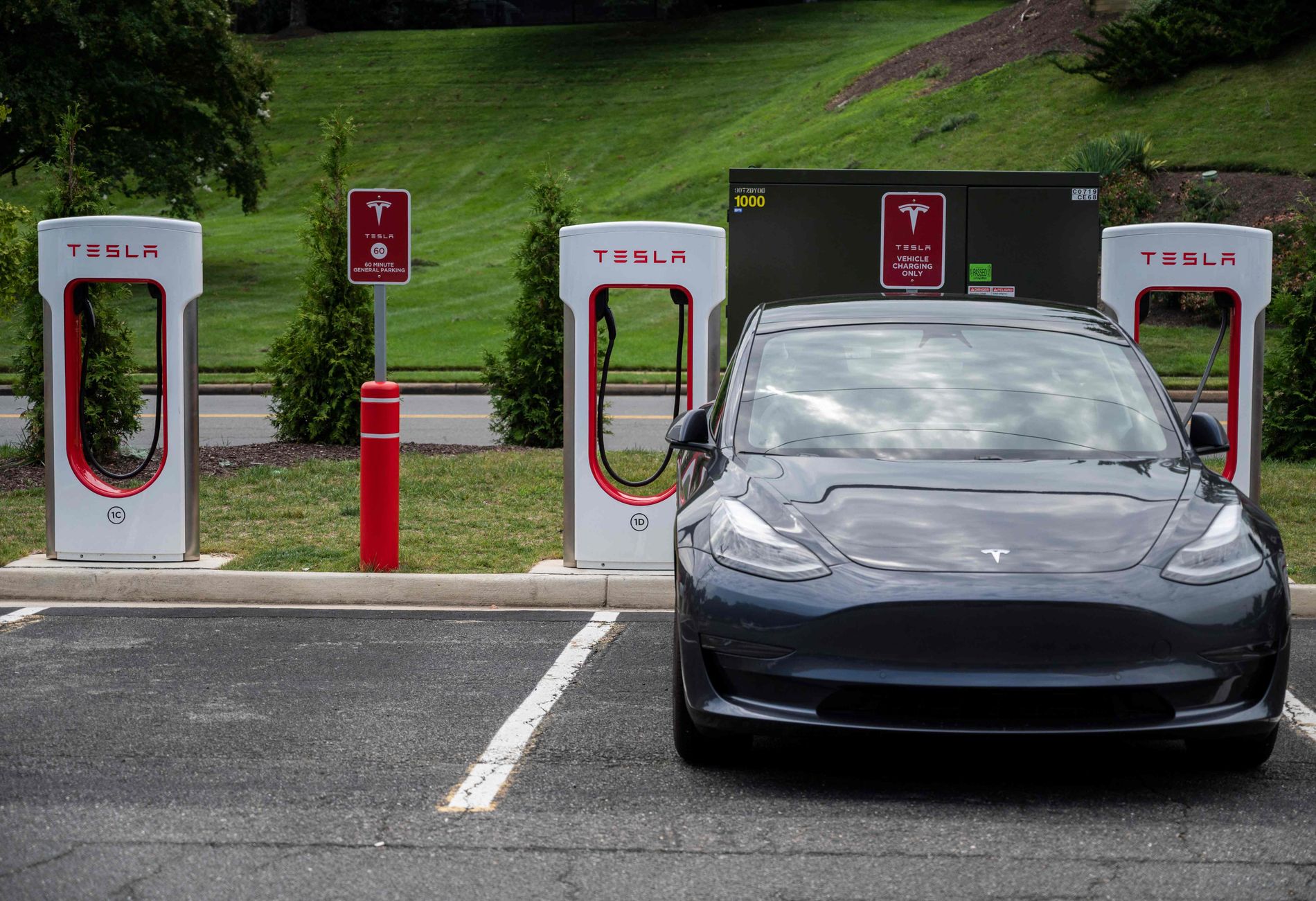2023 was a remarkable year that saw rising temperatures and extreme weather conditions across the world. On November 24, a central measuring station in Hawaii measured the highest increase in carbon dioxide content in a single year on record. New reports at global and national levels show that it is difficult to meet the emissions targets of the Paris Agreement.
About 80% of the world’s energy today comes from fossil sources. There is broad agreement at annual climate conferences on reducing the global climate footprint, but moving from words to action remains difficult. It is urgent that we develop strategies capable of providing appropriate emission reductions and more positive news.
District politicians in Agder will now decide whether the current electric buses should be replaced with electric buses. Chairman of the Main Committee on Transport and Mobility, Steinar Bergstol Andersen, does not agree with this climate strategy because replacing existing diesel buses with electric buses and building new charging stations leads to increased expenses during the investment period. Bergstol Andersen calls this a tokenist policy without coming up with better climate reduction proposals.
It is natural here to compare the Norwegian electric car policy. Norway has been a pioneer in offering financial incentives to car buyers who replace their diesel or petrol cars with a new electric car. Successive governments have supported automobile policy with large tax exemptions for new electric cars.
As of 31.12.22, there were approximately 600,000 electric cars out of nearly 3 million passenger cars in Norway (Anders Skonhoft Klassekampen 18.07.23). The corresponding number of passenger cars at the end of 2008 was 2.2 million, but at that time there were only 1,700 electric cars. Despite the aggressive policy regarding electric vehicles, the number of fossil fuel vehicles has increased throughout this 14-year period. This illustrates a common problem in the climate field: good measures can be eaten up, in whole or in part, by economic growth and increased consumption.
It is possible that economic growth and increased consumption can completely or partially eat up good measures.
The phase-out of fossil energy and subsequent electrification will require access to more electrical energy. We are now in a period of rising electricity prices and the risk of increasing energy shortages for both industrial and private customers in Agder. With existing power cables abroad, it seems difficult to reduce energy exports at first. Saving energy, making existing hydropower plants more efficient, and developing solar energy are relatively uncontroversial measures to increase energy production in the short term.
It is difficult to develop other sources of energy. A few years ago, several political parties with a clear environmental profile pointed to onshore wind energy as an area of investment. However, wind energy development in Norway turned out to be poorly planned, and further development almost stopped. It should be possible to erect wind turbines in areas where nature degradation has already occurred. At the same time, it seems strange that opponents of wind energy do not react more strongly to the destruction of nature, as happened with the development of the new E39 domestically, for example. In Lunellière and Grautelleren. In order to take more climate and nature into account, it should be possible to improve existing road standards without investing in a four-lane highway with a maximum speed of 110 km/h across mountainous and difficult terrain.
Christine Flugstad
It is also interesting what is happening with offshore wind, where Norway lags behind other countries surrounding the North Sea. This energy source will take longer to use than land-based wind energy, and the general increase in prices in recent months is now slowing the development of offshore wind energy. As with other energy sources, offshore wind also has its problematic aspects. One problem is that migratory birds can be struck and killed by turbine blades. However, when it comes to marine life, it may be beneficial if wind farms reduce trawling in the vicinity. A study published in the journal Nature, reproduced on nrk.no, documents that bottom trawling around the world releases large amounts of carbon dioxide when trawl bags are dragged along the bottom and destroy vegetation. Researchers claim that trawling today results in increased emissions on par with global air traffic. Here there appears to be a basis for further research in Norwegian waters.
Some Frp and KrF politicians have pointed to SMR (small modular power plants) as the best solution for developing new carbon-free energy. Under today’s difficult energy conditions, all relevant energy sources must be seriously evaluated. In any case, small and medium energy will not be operational for many years, and will come too late to solve the energy crisis by 2030.
The latest report from the USA indicates that SMEs are not currently the solution to the energy problem, nor are they producing affordable energy. The Guardian wrote on 11/23/09 that NuScale Power, the only company with an approved SMR project in the USA, was forced to drop its development plans in Idaho after it received a 70 percent price increase. At the same time, this caused the value of NuScale shares to immediately drop by 30 percent.

“Web specialist. Lifelong zombie maven. Coffee ninja. Hipster-friendly analyst.”



